Jewish art holds a special place in both history and culture. It reveals stories of faith, struggle, and identity. Historically, traditional Jewish art mainly focused on religious symbols and texts. But as the world changed, so did the way Jewish artists expressed themselves. Pioneers of modern Jewish art broke new ground. They used new styles and ideas to tell the Jewish experience in fresh ways, and they paved the way for recognition of future Jewish artists in the art world. In particular, let’s look at the art of Moritz Daniel Oppenheim, Hyman Bloom, and Frank Auerbach.
The Origins of Modern Jewish Art
The Influence of Jewish Heritage
Judaism shaped early Jewish art with deep symbolism and narratives. Artists drew on their religious and cultural experiences to create meaningful work. They depicted biblical narratives, Jewish holidays and traditions. Historical events like exile and persecution pushed artists to find pride and resilience through their art.
Transition from Religious to Secular Themes
As the world entered the 20th century, Jews found themselves enjoying new freedoms, and artists started exploring wider realms. They incorporated daily life, social issues, and personal stories in their artwork. This shift, blending spiritual and worldly themes, made modern Jewish art more diverse and relatable to a general audience.
Moritz Daniel Oppenheim (1800-1882): Depicting Jewish Life on Canvas
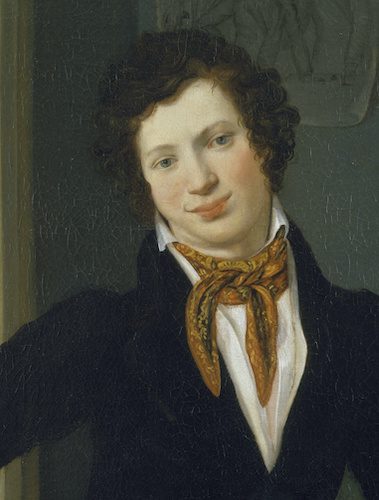
Moritz Daniel Oppenheim (1800-1882) is a name that resonates profoundly within the realms of Jewish art. Recognized as the first Jewish painter to achieve widespread acclaim in the German-speaking world, Oppenheim’s work not only reflects his artistic genius but also encapsulates the cultural and religious identity of the German-Jewish community during his time.
Early Life and Education
Born in the vibrant community of Frankfurt am Main, Oppenheim’s artistic journey began at a young age. Encouraged by his family, he enrolled in the Academy of Fine Arts in Munich, where he honed his skills and developed a unique style that would later define his work. Under the tutelage of prominent artists, he blended traditional themes with emerging artistic movements, setting the stage for a prolific career.
Depicting Jewish Life and Culture on Canvas
Oppenheim’s artwork is a vivid portrayal of Jewish life and culture. He depicted everyday scenes, religious rituals, and historical events that resonated with the Jewish experience. His mastery of oil painting allowed him to create rich, detailed works that vividly brought his subjects to life. (Moritz Daniel Oppenheim images Public Domain)
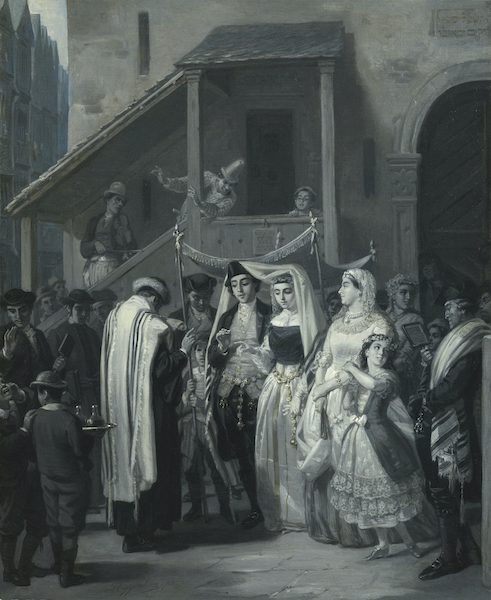
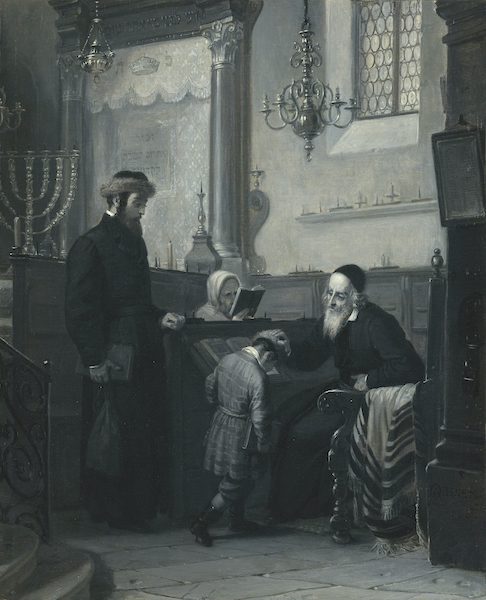
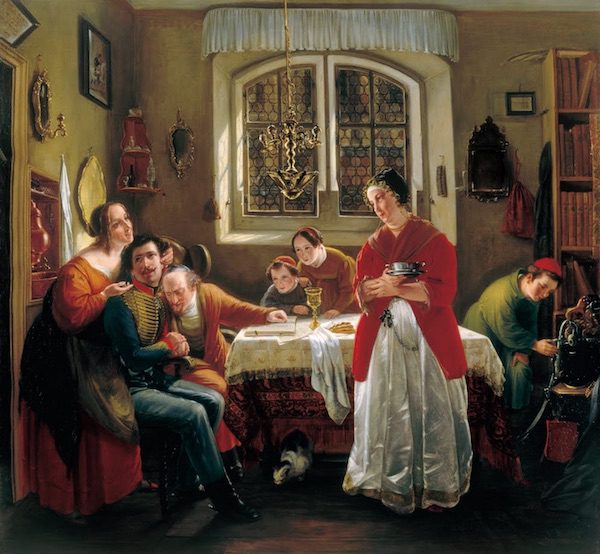
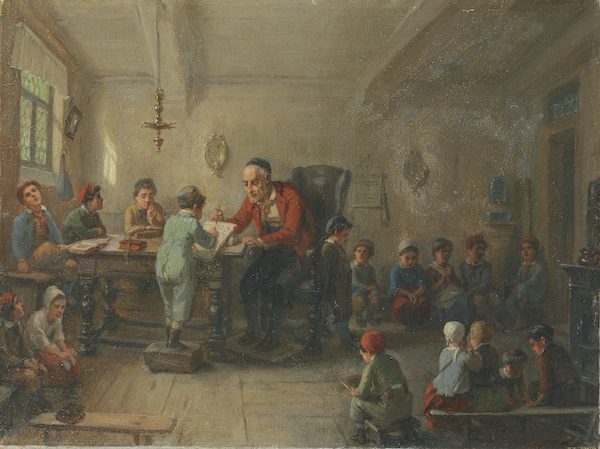
Hyman Bloom (1913-2009): Capturing the Essence of Emotion in Judaism
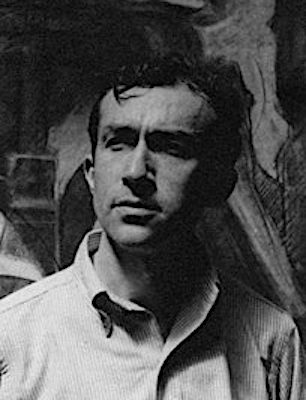
Hyman Bloom’s unique blend of expressionism, abstraction, and symbolism left an indelible mark on the art world, making him an artistic icon of the 20th century. Growing up in a vibrant cultural environment, his family’s strong Jewish identity played a significant role in shaping his artistic vision. Bloom’s early experiences in the Jewish community, along with his studies at the Boston Museum School, laid the groundwork for his distinctive style.
Artistic Style and Themes
Surrealism and Abstract Expressionism influenced his work. His fascination with the human condition and the complexities of existence led him to explore themes of life, death, and spirituality.
Vivid use of color, dynamic brushwork, and a deep emotional resonance characterizes Bloom’s paintings. He painted subjects that reflected his Jewish heritage, including biblical themes, mystical experiences, and the struggles of the human experience. His work is a fusion of the seen and the unseen, where he captures not just the physical form but the essence of life itself. (Hyman Bloom images Fair Use license, MoMa, Hyman Bloom Info)
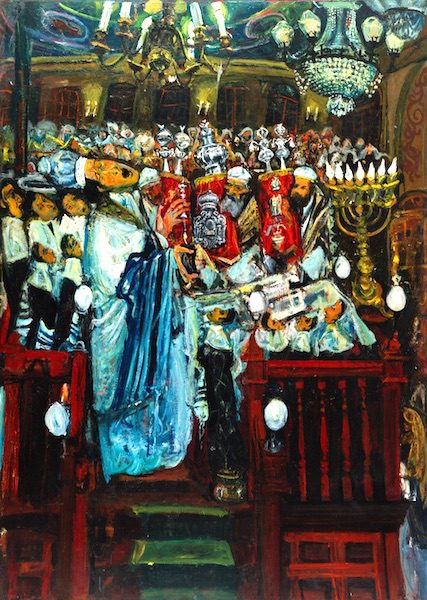
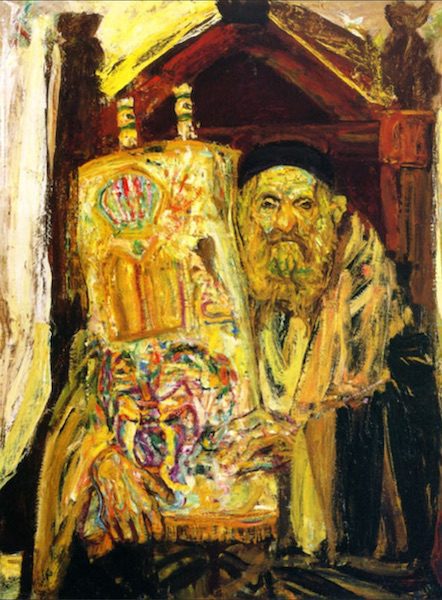
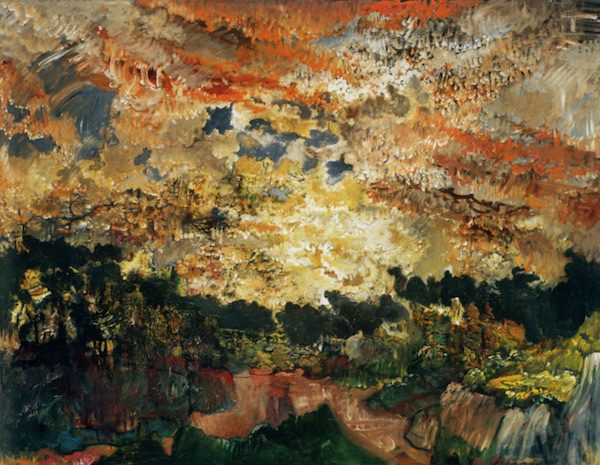

Frank Auerbach (1931-2024): Redefining Expressionism
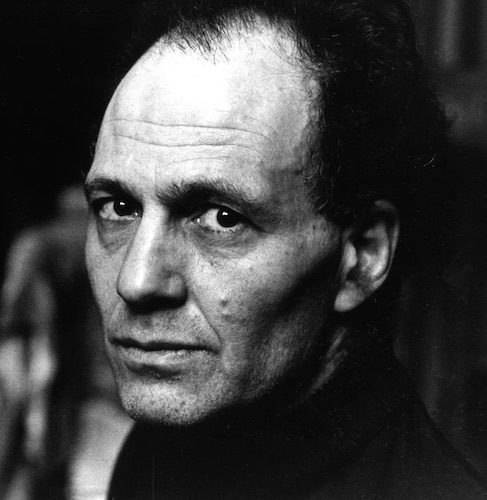
Frank Auerbach’s name resonates within the art world, particularly among those who appreciate the raw energy and emotive power of expressionism. Born on April 29,1931 in Berlin, Auerbach’s life story is as captivating as his artwork. As a Jewish artist who fled Nazi Germany, his experiencesnprofoundly influenced his creative journey, making him one of the most significant painters of the 20th century.
Early Life and Influences
With the rise of the Nazi regime, his family fled to London in 1939, where he became a naturalized British citizen. The trauma of displacement and the loss of his Jewish heritage played a pivotal role in shaping his artistic voice. Influenced by Vincent van Gogh and Pablo Picasso, Auerbach developed a unique style combining thick impasto layers with an intense focus on light and form.
Artistic Style and Techniques
Auerbach’s paintings employ vigorous brushwork and the striking use of color. He often paints from memory or sketches, where his emotional connection to the subject guides his brush. His work is not merely a representation of reality but an exploration of the essence of the subject matter. Auerbach’s portraits and urban scenes exude a tactile quality that invites viewers to engage with the physicality of the paint. (Frank Aurbach images Fair Use license, wikiart.org)
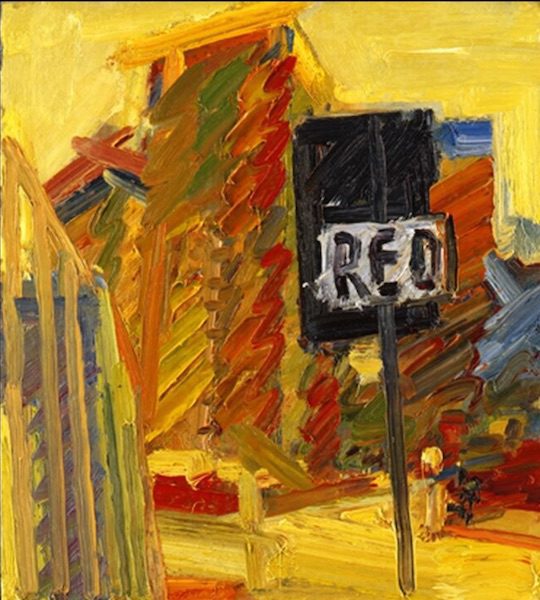
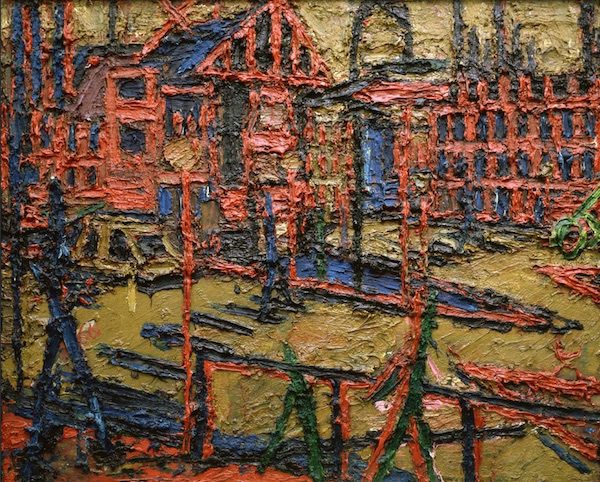

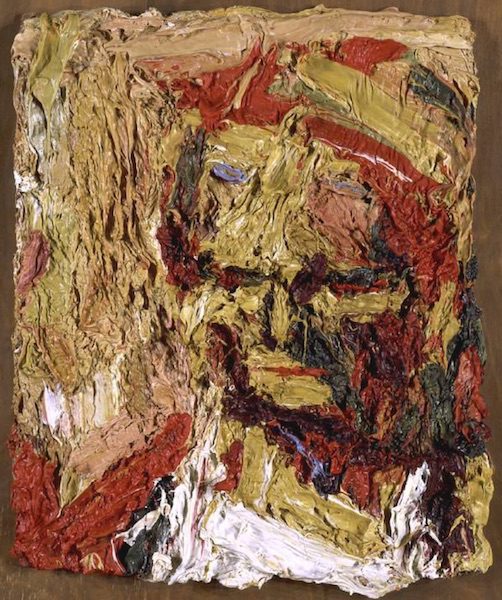
The Impact of These Trailblazers on Modern Jewish Art
The history of modern Jewish art is rich with pioneers like Moritz Daniel Oppenheim, Hyman Bloom, and Frank Auerbach. They challenged the art world by depicting Jewish life as they experienced it. Although some of their work echos secular themes, they paved the way for acceptance and recognition of Jewish artists in the art world. Their artwork helps us see Jewish artists, religion, and culture in a new light. Explore, appreciate, and celebrate Jewish modern art — it’s a window into resilience, faith, and creativity that spans centuries.
A Brief History of Jewish Art From Ancient to Modern Times

Discover more from Rhonda Roth Art
Subscribe to get the latest posts sent to your email.